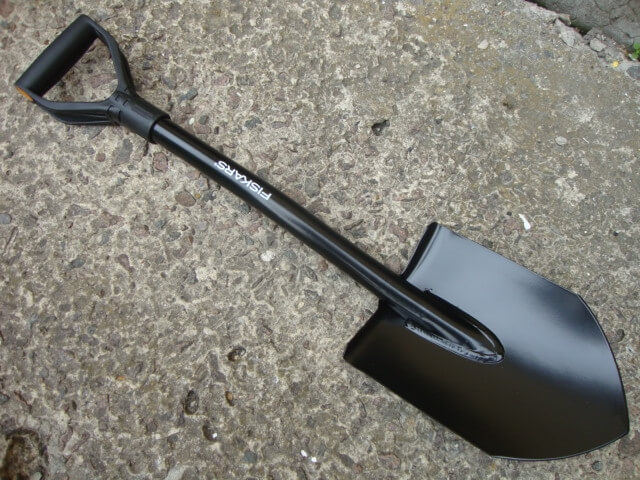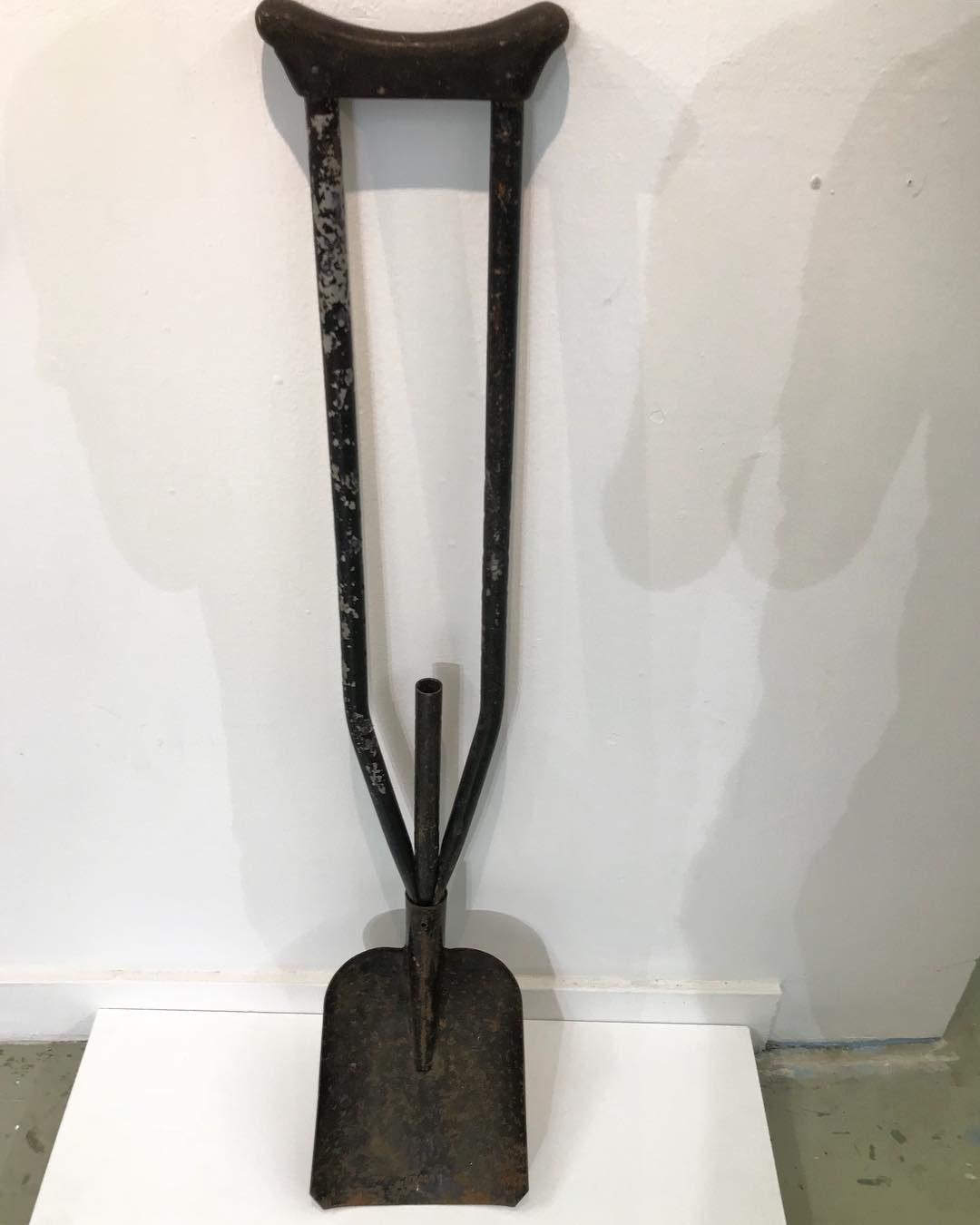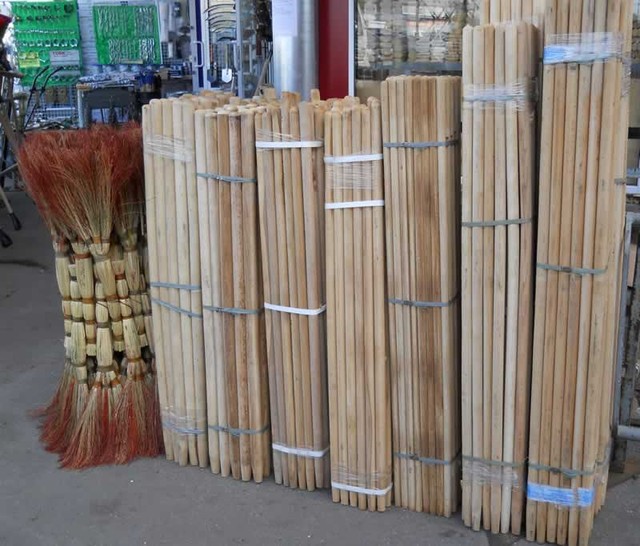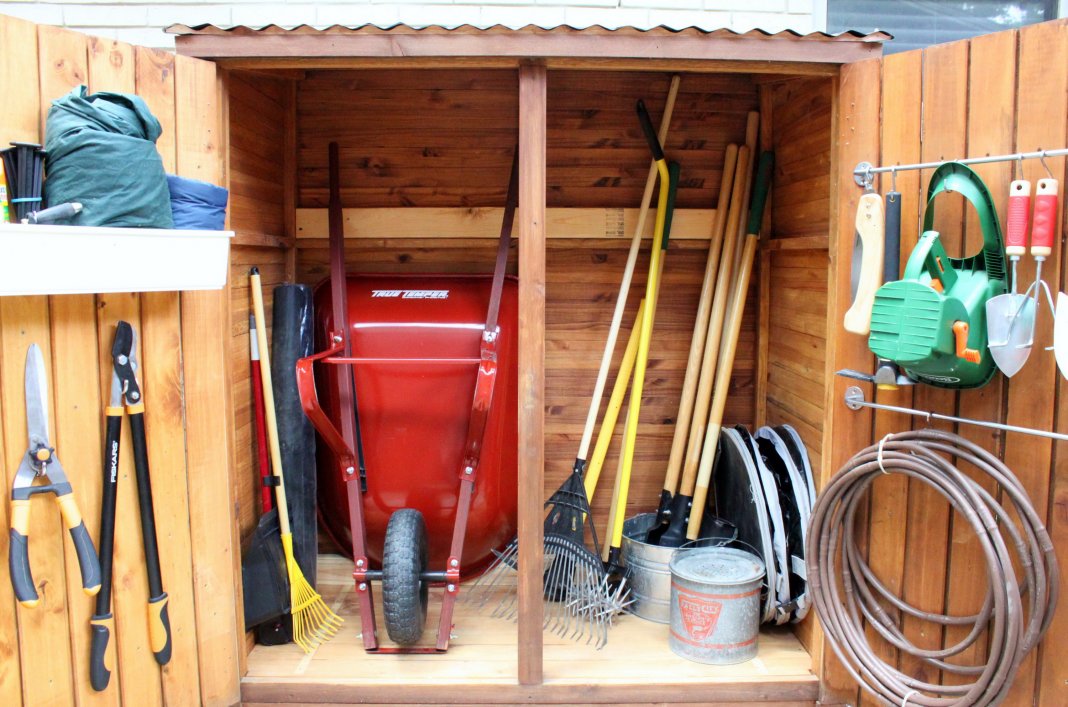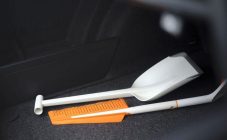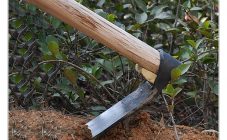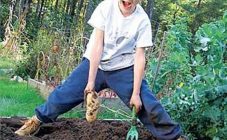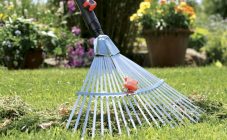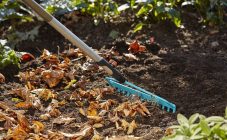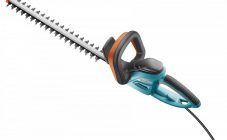Content:
Perhaps, on the farm there is no more indispensable and important tool for cultivating the land than a shovel. Digging up the beds, cultivating the land, digging a hole, digging a vegetable garden, scattering manure, sand, rubble - all this is absolutely impossible without a shovel. The article tells everything about their types, methods of application, and maintenance of the instrument.
Shovel classification
First you need to figure out what a shovel is. A shovel is a tool for manual digging of soil, as well as clearing various types and types of areas from foreign materials: debris, earth, snow and others. In fact, this is a canvas, mainly metal, attached to a handle, which in Russia is most often made of wood.
Of all the existing hand tools, shovels are perhaps the most essential. With their help, you can do anything: dig up the soil, cut it off, dig a hole, make beds, huddle bushes and trees in a summer cottage, clear the area of snow, scatter sand, gravel, manure, gravel and humus over the site.
It is possible to survive in extreme conditions with the help of special types of this tool by digging a dugout, cutting down a tree and cutting up a hunting trophy. In military conditions, it can be used in battle, neutralize ammunition and dig a trench. You can take the finished bread out of the oven, use it in steelmaking, put out fires. It is truly an indispensable tool. It's hard to find a more common inventory with this versatility.
Like any other tool, shovels vary in types and shapes, which suggest a variety of options for their use and purpose. Among the main types of shovels, first of all, there are:
Bayonet shovel
It has a working part made of metal mounted on a handle, most often wooden. This is the most common type of garden shovels for work in the field, vegetable garden, orchard. Used in agriculture, household farming and excavation work. The main part is sharpened towards the center to cut into the ground with great force, which is not the case with other types of shovels.
Titanium shovels have recently become more and more popular among bayonets due to their low weight, high strength, low metal adhesion, durable sharpening, and rigid metal parts. The disadvantages of titanium shovels are high price and fragility.
For the hardest and toughest soil, special shovels are used. These include the Vyatsky plowman shovel, which is used for manual digging of soil for planting agricultural plants and for cleaning shallow trenches. It has a share and is designed for only one working leg. After digging it up, the earth looks as if after processing the soil with a walk-behind tractor.
Spade
This is a rather old type of instrument and is practically not used today.These are shovels with special rims that require foot pressure, allowing you to hit the ground with even greater force. The working base of the spades is made in the form of a rounded cutting edge, which allows it to be used more efficiently for digging out even the hardest soils. Distinguish between spade with a long blade and with forward-curved working bases. As a rule, these are rather large shovels in size.
Small infantry shovel, or sapper shovel
It is usually 50 to 60 cm long so that you can carry it constantly on a belt or in a case. The instrument consists of a wooden shank and an iron base, pointed towards the center. It is used for digging various types of soil, as well as for quickly pulling out trenches, digging up mines and ammunition and quickly neutralizing them.
Snow shovel
Its working part is usually very wide, which is made of plastic, aluminum, various plywood sheets, as they are the most lightweight and easy to use. The main task of such a shovel is to move as much snow layer as possible to clear the area from precipitation. Such a tool for collecting and cleaning snow, which has not a tray, but just a flat canvas, is called an engine.
The official classification of shovels according to GOST 19596-87 is as follows:
- construction;
- gardening;
- loading and unloading.
Special-purpose shovels
In addition to the above, there are also special-purpose shovels. Among them:
- Military. Used for tactical purposes in the army for narrowly assigned tasks. There are two types: infantry (MPL-50, BPL-110) and sapper (MSL-50, BSL-110). They are used for camouflage, overcoming artificial obstacles on the battlefield, as a melee weapon in hand-to-hand combat, and for cooking as a frying pan. They are usually used lying down, kneeling or sitting, depending on the situation. At the beginning of work, the tool is cut into the ground with the corner of a steel tray, cutting through the small roots found in the ground. They work in this way continuously for 10-15 minutes, after which they rest for 5-10 minutes. and continue to work again. Thus, you can perform a larger volume of work than continuous digging without rest for 45-50 minutes.
- Travel shovels are combined folding products that combine a shovel, bayonet, saw, ax and many other tools at the same time. The design can be folding or telescopic. They can not only dig, but also chop, cut, etc. in the wild and extreme conditions of survival.
- Other specialized types of shovels designed for specific purposes. These are scoops of cleaners, wooden shovels of bakers for extracting finished bread from the oven, four-meter shovels of steel makers, pick-up scrapers and a huge number of home-made devices for different needs. There is also a fire shovel. Its purpose is to extinguish fires, to throw fire with soil. They are usually stored in the fire department, mounted on a wall-mounted shovel holder on a shield, among other supplies. Fire-fighting shovels can be either bayonet for localizing a fire by digging in soil to a mineralized layer, and shovels for throwing sand or earth into fire.
- A shovel with a crutch.
There are also very highly specialized types of this tool, but these are most likely already trays, each of which is designed for a different type of soil, material, etc., for example, a shovel for loading potatoes, similar to a pitchfork, but at the end has a partition equipped with rollers ...
As you can see, each shovel is designed for a specific purpose, and the choice of which shovel to use depends on the task assigned to it.
Choice of cuttings
What is a shovel made of? Shank and cutting part. There are a number of criteria for choosing a shovel handle:
- the material from which it was made. For bayonet types, as a rule, cuttings made of wood are used, and for modern shovels they are often used from different plastics or from lightweight aluminum. Shovels with a metal type of stainless steel handle are also extremely popular. There should be no chipping, knots, wormholes and any cracks on the wooden ones. In terms of quality, hardwoods are in the lead: birch, ash, alder;
- shape, which is usually straight, but shovel types may differ in curved or humped cuttings or have a handle at the end for more comfortable work;
- the diameter can be different: from 34 to 40 mm;
- the length is also selected individually. Standard cutting lengths range from 900 to 1400 mm.
Features of the metal working part
The metal part of the tool must simultaneously meet two conditions: to be as strong as possible and as light as possible. Its task is to cut the soil as easily as possible, raise it, break the earth lump. The only materials that meet these requirements are steel or titanium. Among garden shovels, the first option is most often used. Steel for garden shovels is of such types as:
- spring, or rail. It is made from a steel grade similar to the one from which the rails are made. Such material resists corrosion easily;
- hardened steel. Working parts from it are suitable for periodic use in gardening purposes. Most garden tools are made from this material;
- polished. By polishing the steel, friction on the plane of the blade is significantly reduced. Tools made from it are suitable for the elderly and will be indispensable when working in a sticky environment (for example, with clay or loam);
- stainless steel is designed for constant work in aggressive environments: with solutions, saline soil, cement. Often, stainless steel is used for garden purposes;
- with a Teflon coating, to which even viscous soil does not stick. Such a shovel can be used to dig even in the most swampy places.
Forged shovels are most valued, but they are also more expensive. This is understandable, since forging a shovel is very laborious.
Selection, refinement, storage, tool care
One of the most important parameters when choosing a shovel is the selection of the metal part. First of all, you need to pay attention to the stiffening ribs on the working part. They are guaranteed to extend the life of the shovel, as well as provide the easiest and most labor-intensive process of dumping the soil (it will stick less). It is better to sharpen the cutting edge for a specific job: digging up the soil with grass, cutting the roots. Another important point is the sharpening of the shovel. It can be done with a grinder. When it comes to storage, remember that the instrument should be kept clean and dry in order for it to serve for many years. Also, to extend the life of the instrument, you need:
- clean the shovel after work, since organic matter and moisture are the main source of oxidation, in other words, they provoke corrosion of the metal part, which leads to the unusability of the tool;
- timely strengthen and paint the wooden handle. The paint will protect it from environmental influences (from dampness and drying out), which will also quickly lead to unusability. The tool should not be loose, therefore, even with minimal backlash, you need to disassemble the fasteners, knock out and strengthen the handle towards the working part, re-fastening. In such cases, nails are much more reliable than self-tapping screws;
- sharpen and straighten the metal part.The working edge must be sharpened periodically so that it can easily and effortlessly cut the soil. Bends and dents must be straightened so that the working part enters and cuts the soil in a straight trajectory without unnecessary effort, thereby making work easier and saving energy;
- you need to store the equipment in a specially designated room for garden equipment, well ventilated and free from moisture. Wall-mounted shovel holders are ideal.
Also, an important point in the care of this tool is the attachment of the plate to the neck (clamp) of the handle. This part is also called tuleyka. The tulle can be stamped (a single part of the canvas) or a separate part, fastened with rivets. In case of breakdown, the first option is completely replaced, collapsible allows for partial replacement. At the same time, much more soil always sticks to the riveted canvas, which is a significant inconvenience during work. Therefore, the choice of fasteners is also an important criterion before buying a shovel.
With proper care, careful handling and timely attention to details (shank, sheath, working part), the instrument can serve for many, many years.
As you can see, this type of labor tool is distinguished by an enviable variety and versatility, it can perform various functions and is absolutely indispensable both at a summer cottage and at a construction site, in production and other areas of life. Anyone who decides to choose a shovel for one purpose or another will have to analyze many of the factors described above. Having studied the selection criteria completely, you can go to the store. Knowing what and why is necessary in work, even an inexpensive purchase will not become a disappointment, but, on the contrary, will serve faithfully for many years.
